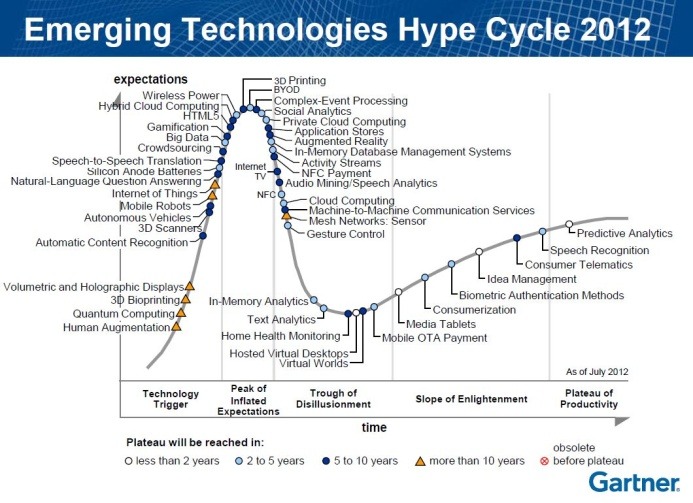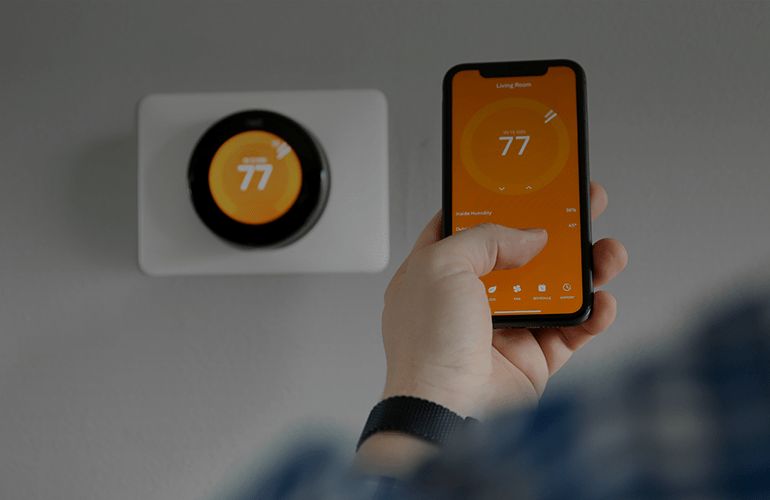
Mobile apps and the year of adaptation
It is well known that the sale of mobile devices has exceeded the sale of desktop computers and laptops for a few years running. And don`t forget about the declining cost of mobile devices, resulting in greater accessibility for the consumer.
These two facts have not only led to the current high number of sales for mobile applications, but also lead directly to the growing need for app development.
According to the International Data Corporation (IDC), there will be 76.9 billion global downloads of mobile apps by next year at a value of $35 billion, according to sourced mobiThinking. As a point of reference, 300,000-plus mobile apps were downloaded 10.9 billion times in 2010.
With the continued high demand for mobile apps, marketers, retailers and developers in 2013 will face many challenges and opportunities, mostly associated with new devices or new versions of existing devices. So what exactly awaits us?
All about size
It is likely that mobile phone manufactures will continue to increase the diagonal size of their phones. As a result, developers will need to adapt existing apps to fit the new screen sizes, while addressing optimum performance within the new format. The good news is that these larger screens are becoming more informative, which means the consumer clicks or touches the consumer to access apps and, therefore, less tweaks needed by developers.
Rise of new platforms
Recent Windows Surface launch has become an important event in the world of mobile app development. This is a significant step towards the adaptation of desktop apps for mobile operating systems, both in terms of the availability of the tablet as a full desktop operating system and the ability to use a desktop OS for touchscreen devices.
The main challenge with this device is that there are two versions of the operating system: Microsoft Surface Pro and Windows RT Microsoft Surface, which means that two more versions of any given app should be developed.
Speaking about HTML5
In terms of new technology, the introductions of Mobile HTML5 and Near Field Communication (NFC) are the most important developments for the mobile app industry. Having become popular after the “death” of Microsoft Silverlight, Mobile HTML5 has gained ground in numerous ways.
Most devices already support Mobile HTML5, there are no significant competitors since the abolition of Silverlight, and the high level of performance from current mobile devices allows HTML5 to take the full advantage.
HTML5 is also the most obvious way to create a universal app that supports various mobile operating systems, which doesn`t mean that “native” apps will disappear, as they are a mainstay of connecting users to a particular mobile platform. Despite this fact, understanding of HTML5 is a must for mobile app developers.
NFC is a relatively new word in the world of mobile devices that refers to the ability to exchange data between devices at a distance of approximately four inches. Current leading mobile OS Android devices, such as the Samsung Galaxy S III and Motorola Droid Razr Maxx HD, already have the NFC-chip built-in and the next generation of Apple’s iPhone may likely include the chip.
The quick deployment of NFC technology means new opportunities for mobile interaction with various other devices and, as a result, the emergence of new and improved services, such as one-time ticket authorization and faster bar code/QR code recognition. With these advancements, developers get new challenges with existing payment systems and creating separate niche-oriented apps for miscellaneous services and goods.
Moreover, this technology can be used in services and devices for personal identification by the owner of the mobile device and, therefore, involves the development of customized apps for data services. Currently, there is no protection from a third party in the implementation of NFC standards, which means that the developer should apply to cryptographic algorithms to provide high level security. This implies an increase in the time and effort for app development.
What is all the hype?
Gartner’s Hype Cycle neatly represents the maturity and adoption of apps and technologies. Among those noted in 2012 are HTML5 and NFC. Both surrounding the peak of inflated expectations, it is still unsure how far these technologies will progress over the next five to ten years. Will the other technologies noted provide the most feasible and efficient methods of adapting and creating mobile apps? Only time, and successful apps, will tell.









